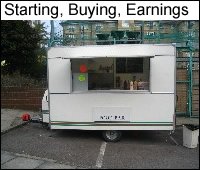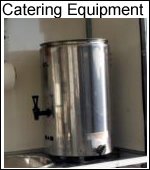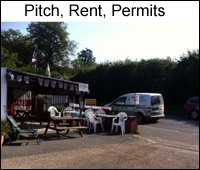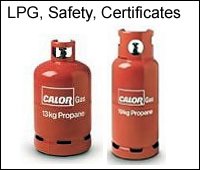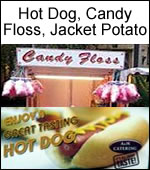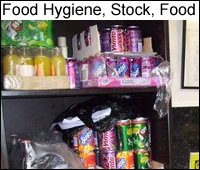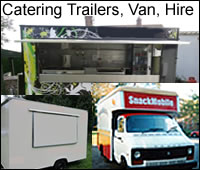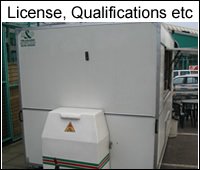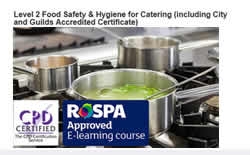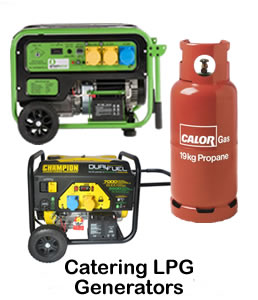How to Start a Jiffy Truck Food Business in the UK
by Krisztina Hegedus
(Bexhill On Sea)
Hi David!
My dream is to start the little burger van in some industrial park near me.
But looks like I have to give up, as it is impossible to find a pich.
I called a council, but they have only 3 place in the whole town (Hastings).
Now I was thinking to buy a jiffy truck and try to sell food form there.
But I have no idea how to start. Should I buy a food or should I make them myself.
Is it possible to make all the food in the morning, before I start?
Amy info will help me!
Thank you: Krisztina
Comments for How to Start a Jiffy Truck Food Business in the UK
|
||
|
||


